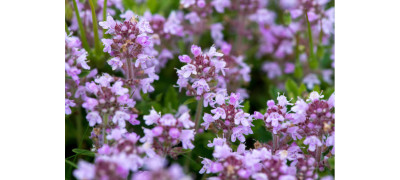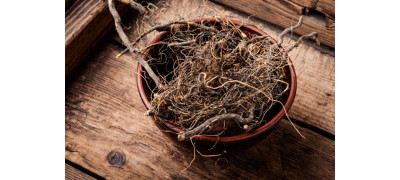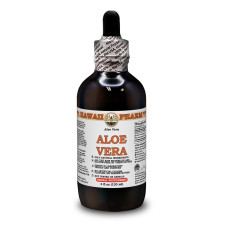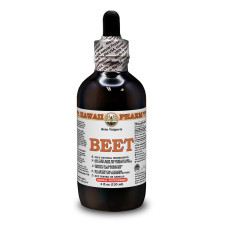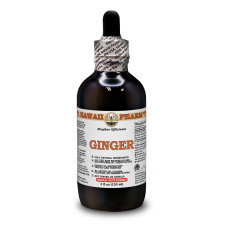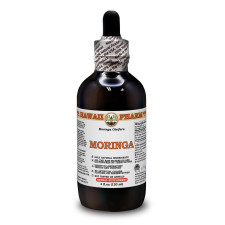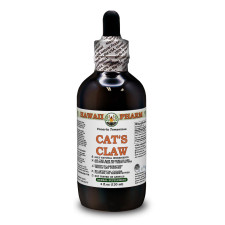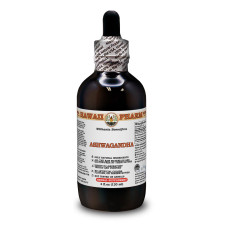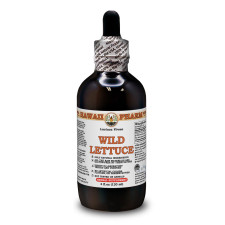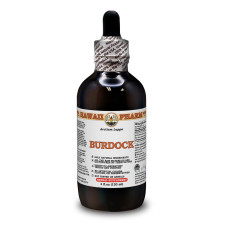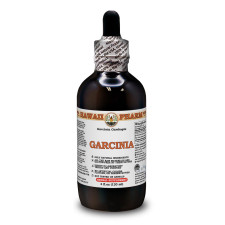- Home
- Alcohol Herbal Extracts
- Alcohol-FREE Herbal Extracts
- Veterinary Herbal Extracts
- Partnership
Partnership
We are open for cooperation with all interested persons or organizations. We have plenty of partners from all around the world and are looking for a long-term cooperation with new ones. At the present time we offer the following cooperation models:

WHOLESALER
We offer up to 30% discounts for wholesalers. The exact discount amount is dependent on your order amount, quantity and size of items. Minimum order amount is $300.

PRACTITIONER
Only for licensed practitioners! Create an account as practitioner and get special exclusive promotions. This kind of account is required manual approve.

AFFILIATE PROGRAM
Do you recommend us to your friends, family, colleagues and/or clients? If so: Thanks! We really appreciate it! Join our affiliate program. It’s by far the best way to monetize your Twitter or Facebook page, blog, or website.
- Blog
- Contact Us
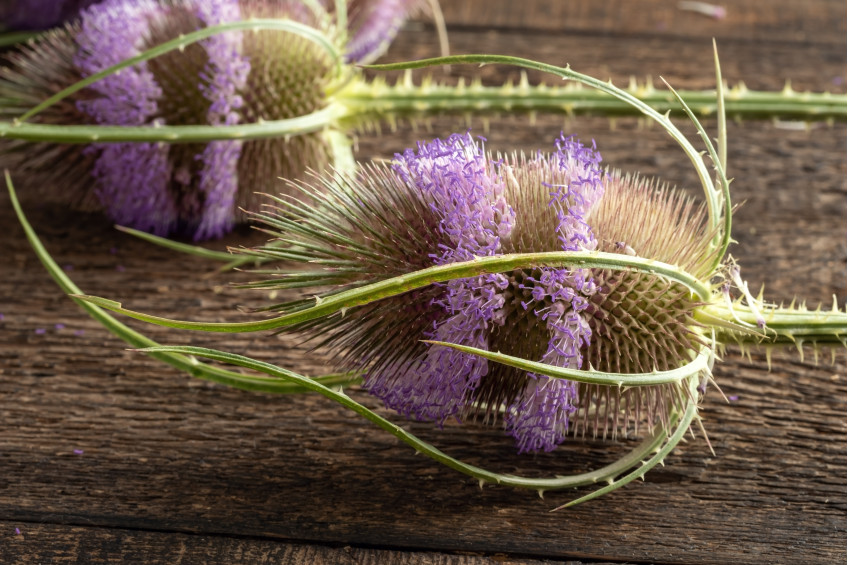
DISCOVERING TEASEL ROOT
Botanical Characteristics
Teasel, scientifically known as Dipsacus fullonum, is a striking plant that is easily recognized by its unique features. It stands tall with a robust stem that can grow up to two meters in height. The leaves of teasel are lance-shaped, forming a cup-like structure around the stem, which interestingly collects water. The most distinctive characteristic of teasel is its inflorescence—a large, conical head of small purple flowers that bloom from the top down during summer.
Chemical Composition
Teasel contains a variety of naturally occurring compounds. While the complete chemical profile is still under exploration, research has identified the presence of iridoids, which are a type of naturally occurring glycosides, along with a variety of phenolic acids. These compounds are thought to contribute to the plant's robust nature.
Habitat
Native to Europe and parts of Asia, teasel has since found its way to North America and other regions, often thriving in grasslands and along roadsides. This plant prefers well-drained soil and is commonly found in open, sunny environments. It has a remarkable ability to adapt and thrive in a range of conditions, although it is most commonly seen in meadows and fields.
Historical Facts
Teasel has a rich history of use that dates back centuries. Historically, it was cultivated for its spiky flower heads, used in the textile industry to raise the nap on fabrics, particularly wool. This traditional use earned it the nickname "the fuller's teasel." Beyond its industrial use, teasel was also appreciated in folk practices for various applications, reflecting its versatility and the value people found in this robust plant.
General Benefits
Teasel root is appreciated for its invigorating qualities. It is often utilized for promoting vitality and supporting the body’s natural resilience. While specific health claims are regulated and should not be made without scientific proof, teasel root is popular in various traditions for its general support of well-being.
Indications for Use
To incorporate teasel into daily routines, it can be prepared as a simple infusion by steeping the dried aerial parts of the plant in hot water. This method allows one to enjoy the benefits of teasel without direct claims on treating specific ailments. It is typically used to foster a feeling of robustness and environmental resilience.
In summary, Teasel (Dipsacus fullonum) is not only a plant with a rich historical background and distinctive botanical features but also one that is associated with general vigor and resilience. As we continue to appreciate and study this fascinating plant, it remains a natural wonder in the world of botanicals.
It is important to note that while teasel offers various beneficial properties, it is not approved by the FDA to diagnose, treat, cure, or prevent any diseases. Therefore, any use of teasel should be considered from a general wellness perspective rather than medical treatment.
FRANKINCENSE: THE AROMATIC RESIN WITH TIMELESS APPEAL
Frankincense, derived from the Boswellia serrata tree, is a fragrant resin with a rich history of use in various cultures and for multiple purposes. This aromatic substance has been valued for its uni..
FRAGNANT THYME
Thyme is one of the main aromatic herbs of French cuisine and is included in the "bouquet garni" and “Herbes de Provence”, and in Spain, Greece and Turkey, thyme oil is used for pickling olives...
MARAL ROOT
Maral is a perennial plant with a woody, shortened and horizontal rhizome. Its color is dark brown with a brown tint. Thin delicate roots spread from the rhizomes. The stems of the plant are hollow in..
BLACKBERRY
Native to temperate areas of Europe Blackberry is a sprawling, prickly shrub, growing to twelve feet having palm-shaped leaves with three to five lobes, white to pale pink flowers, and clusters of lar..
Get exclusive deals you will not find anywhere else straight to your inbox!
Subscribe / UnsubscribeGet exclusive deals you will not find anywhere else straight to your inbox!
Subscribe / UnsubscribeWe meticulously produce our extracts according to precise standards where each herb is extracted according to the distinct characteristic of each plant! Hawaii Pharm LLC offers the biggest choice of liquid herbal extracts in the World!

Hawaii Pharm LLC - Nature Heals. Highest Quality Herbal Products Since 2008.


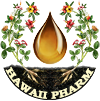
-400x180.jpeg)
